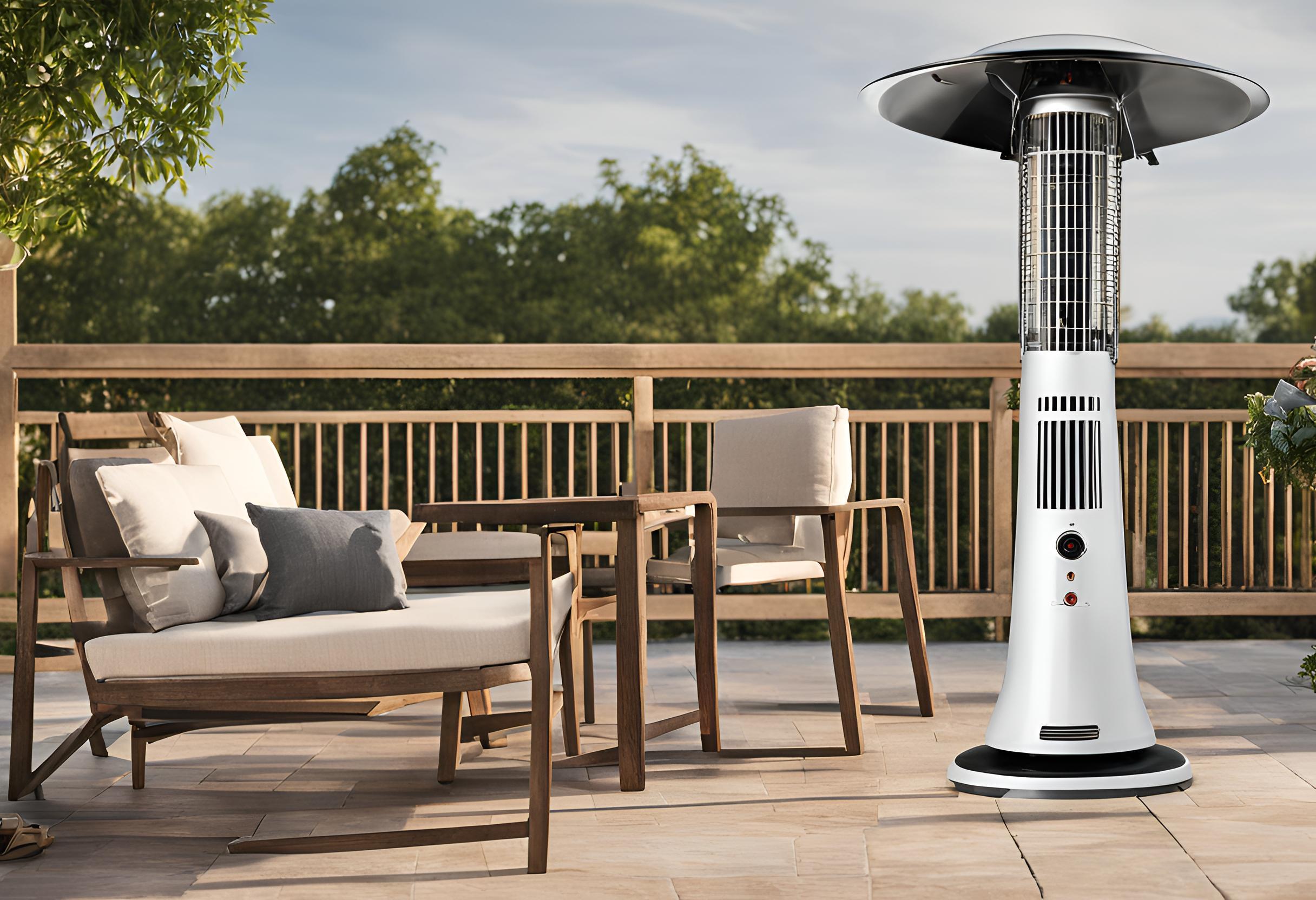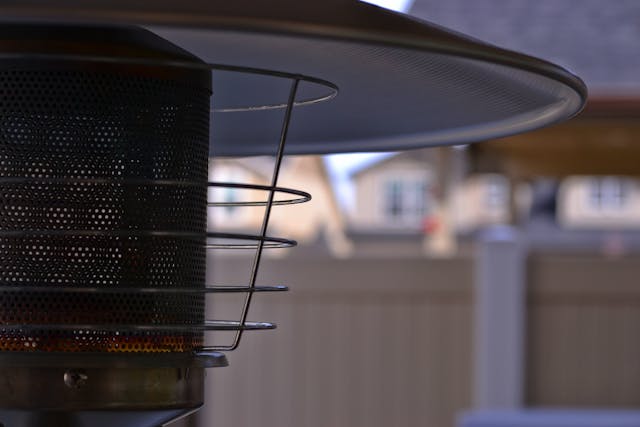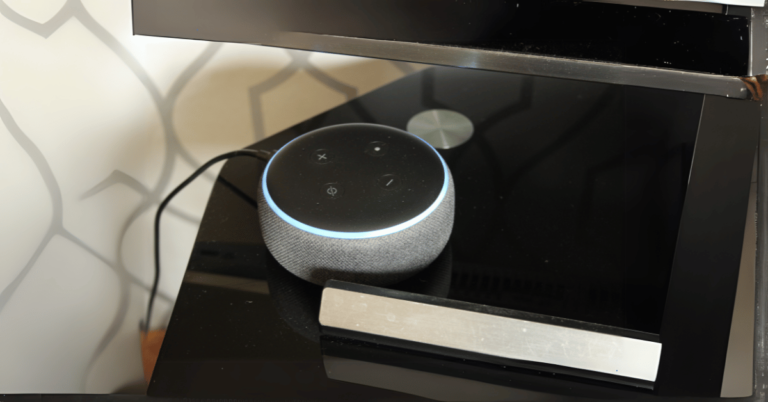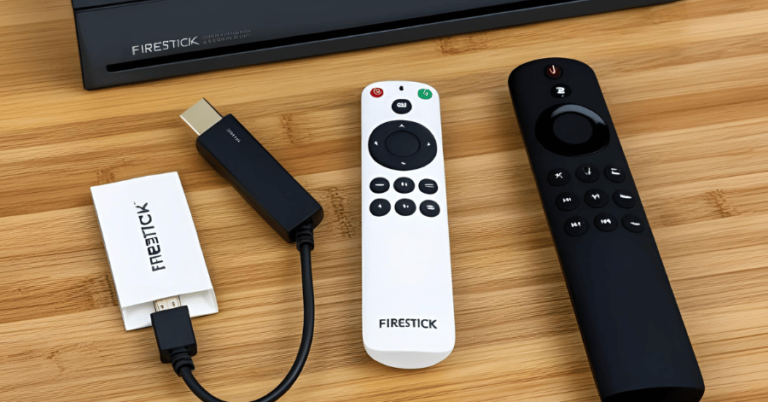Stay Warm Outdoors: Top Patio Heaters for Every Space

When the temperature dips, it’s no reason to give up on your outdoor plans. Patio heaters come to the rescue, turning cold evenings into warm, delightful moments.
This guide will walk you through everything you need to know about these handy devices—from the different types and must-have features to maintenance tips.
No matter if you have a snug balcony or an expansive backyard, you’ll discover practical insights to create a cozy outdoor haven for every occasion.
What Are Patio Heaters and Why You Need One?
Patio heaters are devices designed to generate warmth for outdoor spaces. They allow you to enjoy your patio, deck, or garden even when the weather turns chilly. These heaters come in various sizes and styles, making them suitable for different settings and needs.
One of the main reasons to invest in a patio heater is the comfort it brings. Instead of bundling up in layers, you can relax outside with friends and family in a cozy environment. Moreover, they can enhance the ambiance, adding a warm glow to your evenings. Restaurants and cafes also use patio heaters to extend their seating areas during colder months.
Types of Patio Heaters: Which One is Right for You?

Choosing the right patio heater depends on several factors, including your space, budget, and preferences. Let’s explore the most common types:
1. Electric Patio Heaters
Electric patio heaters are convenient and easy to use. They plug into an electrical outlet and often come with adjustable heat settings. These heaters are ideal for covered patios or enclosed areas since they don’t produce harmful emissions.
- Advantages: No fumes, minimal maintenance, and instant heat.
- Disadvantages: Limited mobility due to power cords and dependency on electricity.
2. Gas Patio Heaters
Powered by propane or natural gas, gas patio heaters provide powerful heat output. They are popular for larger outdoor spaces and are often found in commercial settings.
- Advantages: High heat output and portable (for propane models).
- Disadvantages: Requires regular refueling and proper ventilation.
3. Infrared Patio Heaters
Infrared heaters use radiant heat to warm up objects and people directly, rather than the surrounding air. They are energy-efficient and effective even on windy days.
- Advantages: Energy-efficient, silent operation, and consistent heat.
- Disadvantages: Can be more expensive upfront.
4. Tabletop Patio Heaters
Compact and lightweight, tabletop heaters are perfect for small gatherings. They are designed to sit on tables, providing warmth to those seated nearby.
- Advantages: Portable, affordable, and space-saving.
- Disadvantages: Limited heat coverage.
5. Wall-Mounted or Ceiling-Mounted Heaters
These heaters are fixed to walls or ceilings, saving floor space. They’re ideal for patios with limited room or areas with high foot traffic.
- Advantages: Space-efficient, out of the way, and great for permanent setups.
- Disadvantages: Requires installation and can’t be moved easily.
Top Features to Consider When Buying a Patio Heater

Selecting the perfect patio heater involves more than just choosing the type. Here are key features to consider:
1. Heating Power (BTU or Watts)
The power of a patio heater determines how much area it can cover. Gas heaters are usually measured in BTUs (British Thermal Units), while electric heaters are rated in watts. Higher ratings mean more heat output, but consider the size of your space to avoid overheating.
2. Safety Features
Look for heaters with built-in safety mechanisms like tip-over protection and auto shut-off. These features ensure safe operation, especially if you have kids or pets around.
3. Design and Style
Patio heaters come in various designs, from sleek and modern to classic and rustic. Choose one that complements your outdoor decor.
4. Portability
If you plan to move the heater around, opt for a model with wheels or lightweight construction. Portable heaters are more versatile and convenient.
5. Weather Resistance
Outdoor heaters should withstand the elements. Check for weatherproof or rust-resistant materials, especially if the heater will be exposed to rain or snow.
6. Fuel Efficiency
For gas heaters, fuel efficiency is crucial. Models with adjustable heat settings allow you to control consumption and save on fuel costs.
Best Patio Heaters for Small and Large Spaces
For Small Spaces:
- Tabletop Heaters: Perfect for compact patios or balconies.
- Wall-Mounted Heaters: Save floor space while providing targeted warmth.
For Large Spaces:
- Gas Patio Heaters: Ideal for open areas like gardens or decks.
- Infrared Heaters: Efficient in covering wide spaces without wasting energy.
Tips for Maintaining and Using Patio Heaters Safely
Regular maintenance ensures your patio heater remains efficient and safe to use. Here are some tips:
- Clean the Heater Regularly: Dust and debris can block vents and reduce efficiency. Use a soft cloth to wipe down the surfaces.
- Check for Leaks: For gas heaters, inspect connections and hoses for leaks or damage.
- Store Properly: When not in use, store portable heaters in a dry place. Use weatherproof covers for fixed models.
- Follow Manufacturer’s Instructions: Always read the manual for specific maintenance guidelines.
- Keep a Safe Distance: Place the heater away from flammable objects and ensure it’s on a stable surface.
Conclusion
Patio heaters are a fantastic solution for enjoying your outdoor spaces regardless of the season. With various types available, including electric, gas, and infrared models, there is something to suit every need and preference. By carefully considering factors like heating power, safety features, and portability, you can select a heater that enhances both comfort and style in your space.
Regular maintenance and safe usage practices will ensure your heater remains reliable and efficient for years to come. Whether you have a small balcony or a sprawling backyard, a well-chosen patio heater can transform chilly evenings into warm, inviting moments, making your outdoor area an extension of your home.






